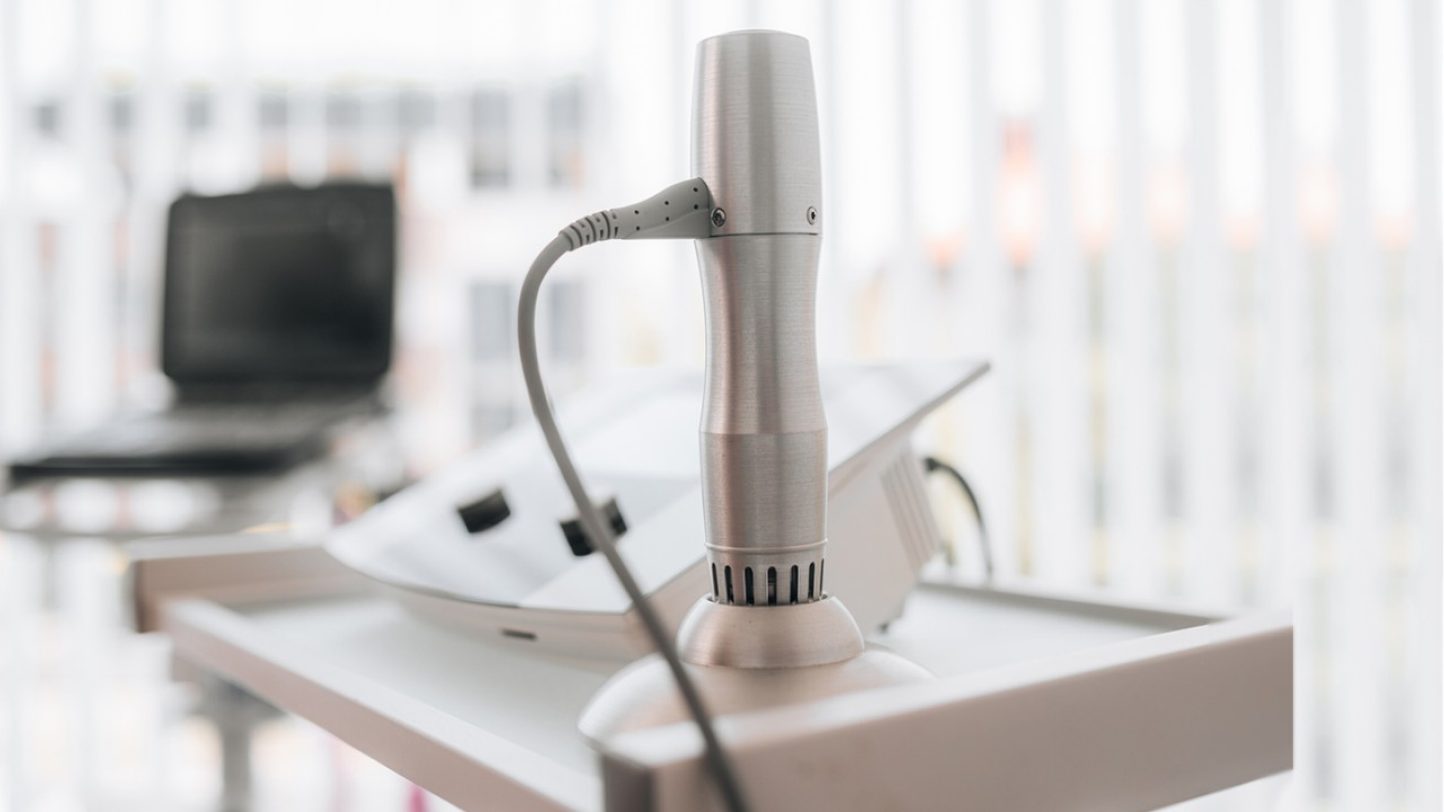
The University of Texas MD Anderson Cancer Center has developed an ultrasound-guided cancer immunotherapy platform assisted by Microbubble.
The platform generates systemic antitumor immunity and enhances the therapeutic efficacy of immune checkpoint blockade.
The Microbubble-assisted UltraSound-guided Immunotherapy of Cancer (MUSIC) approach, which is claimed to be the first-of-its-kind platform, uses nanocomplexes and microbubbles to effectively deliver cyclic guanosine monophosphate-adenosine monophosphate (cGAMP).
The observations from the preclinical study were published in Nature Nanotechnology, a monthly peer-reviewed scientific journal published by Nature Publishing Group.
When used as monotherapy in breast cancer models in a preclinical investigation, the MUSIC approach achieved a 60% full tumour eradication rate.
The MUSIC approach also increased anticancer responses with low toxicity when coupled with an anti-PD-1 antibody, including improved primary tumour control and reduced systemic disease progression.
The combined therapy demonstrated higher survival benefit, with a 76% improvement in median survival compared to either therapy alone.
MUSIC approach is developed as the first-ever image-guided cancer immunotherapy strategy that uses antibody targeting to activate STING in antigen-presenting cells (APCs) through the delivery of molecular drugs, said MD Anderson.
The researchers use ultrasound scanners to assess the tumour and precisely identify the site where the microbubbles have accumulated.
The ultrasonic frequencies cause the microbubbles to oscillate and rupture, allowing nucleic acids to be transported straight into the cell cytosol.
The MUSIC platform is said to be the first to attach nanocomplexes to microbubbles to deliver cGAMP immunotransmitters directly into APCs. This technology, known as sonoporation, has previously been utilised on tumour cells.
Radiation Oncology assistant professor and the preclinical study co-senior author Wen Jiang said: “By investigating the mechanisms of action in producing a robust STING activation, we identified a new strategy to activate both the innate and adaptive antitumor immune responses.
“Our findings show that the MUSIC strategy is capable of paving the way toward novel image-guided strategies for targeted cancer immunotherapy.”
The study was supported by grants from the Cancer Prevention and Research Institute of Texas (CPRIT), the Department of Defense and the National Cancer Institute.





